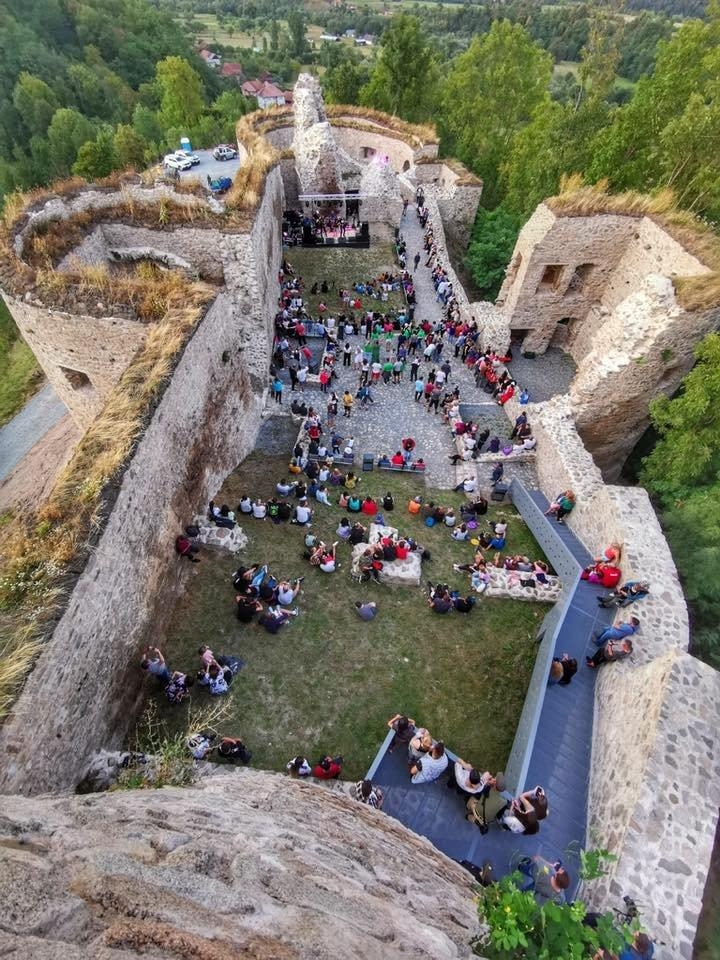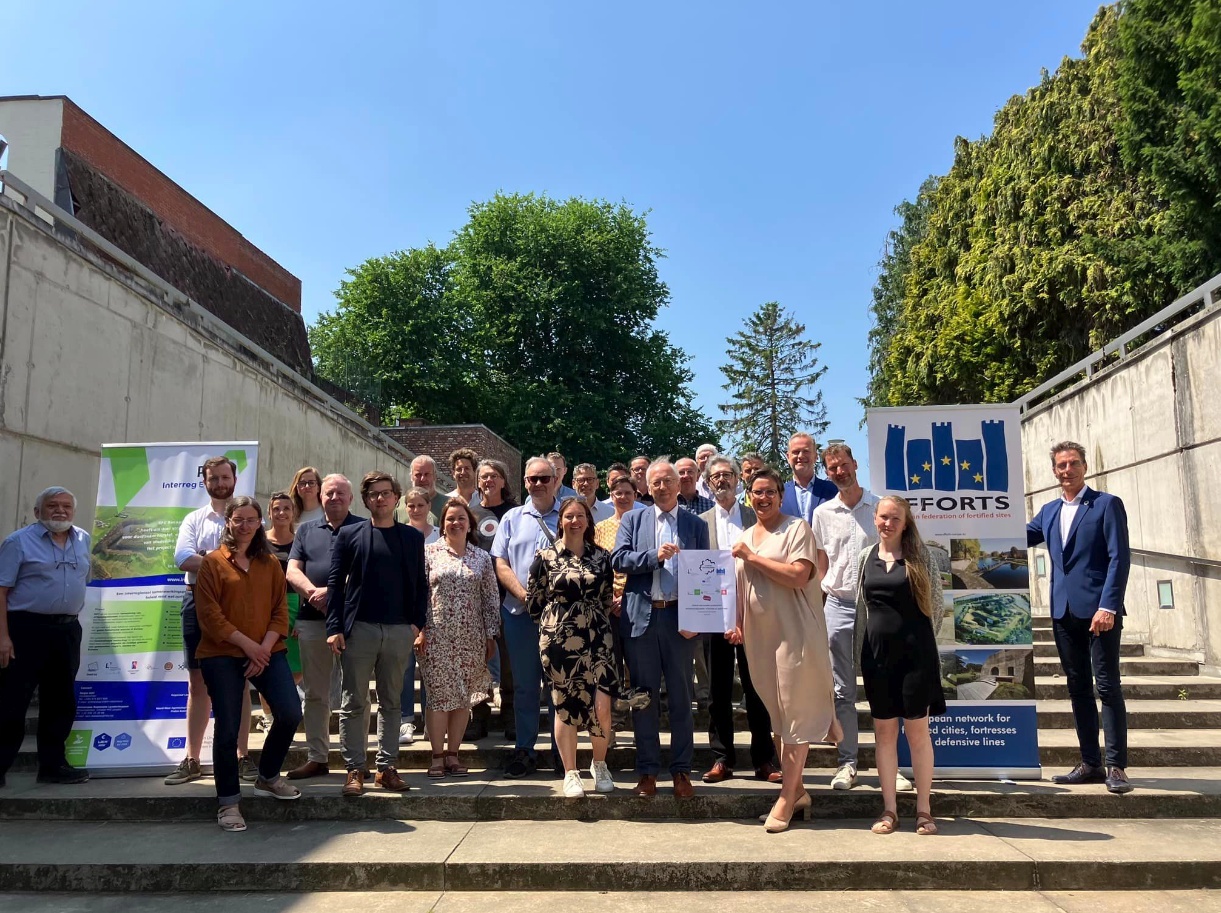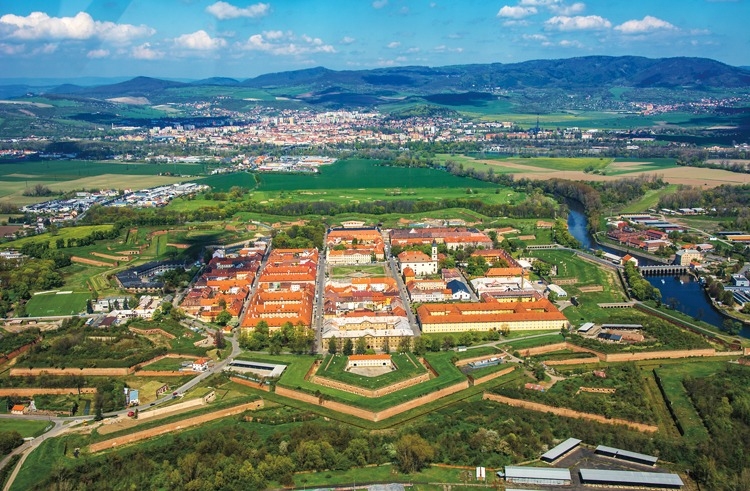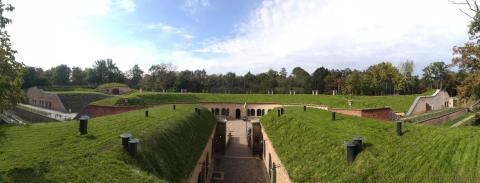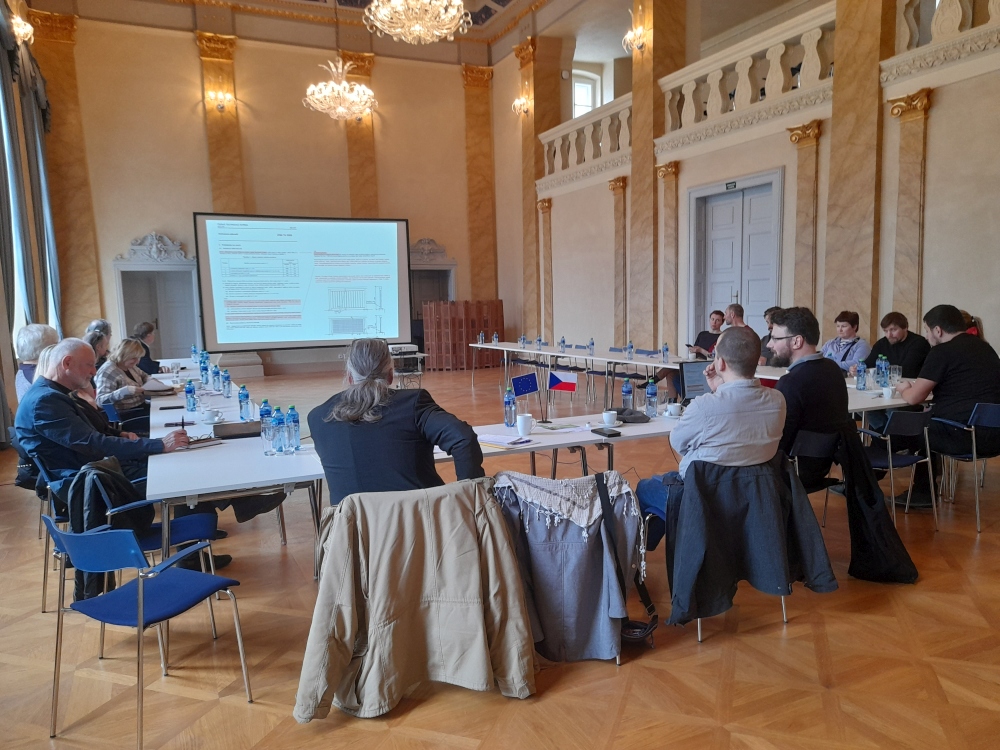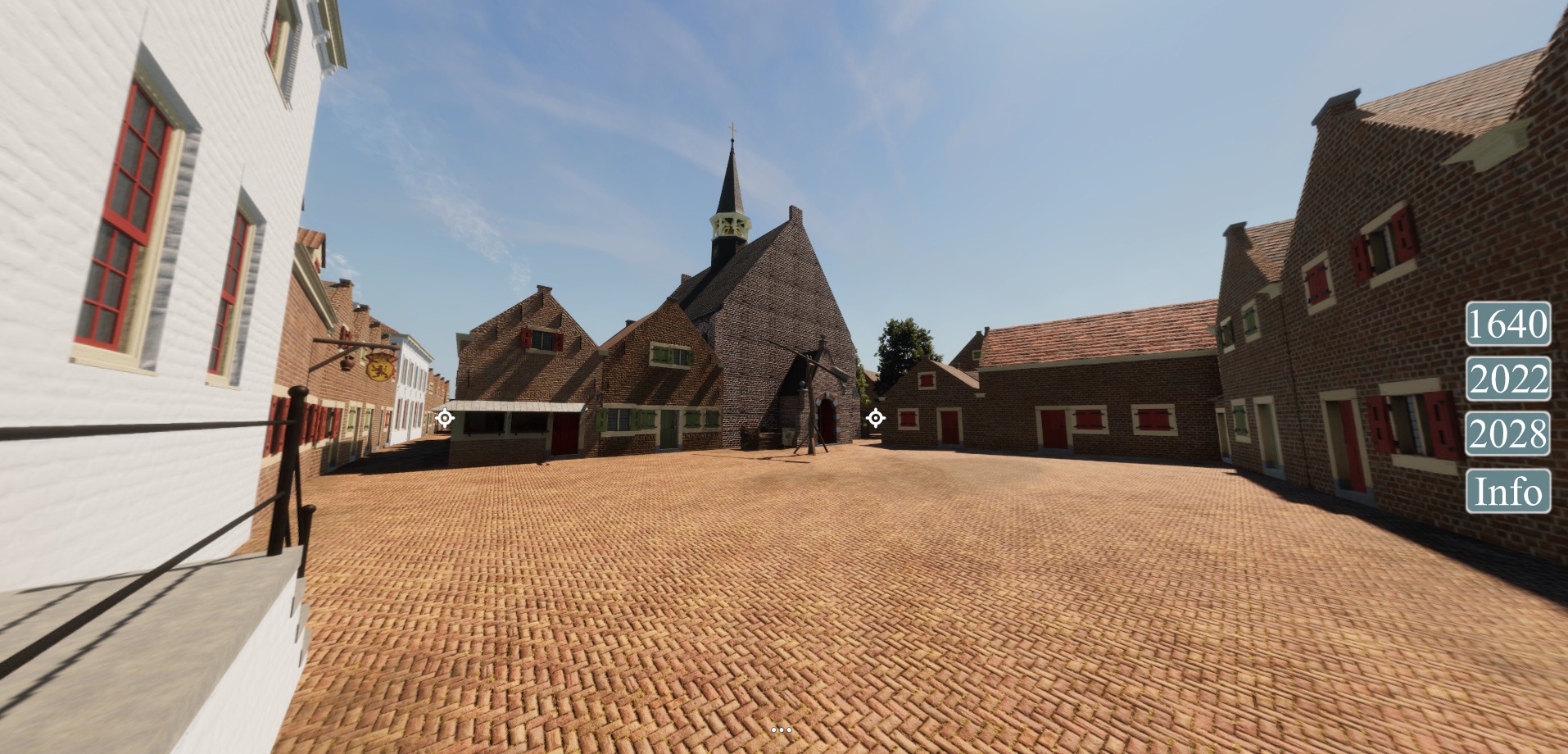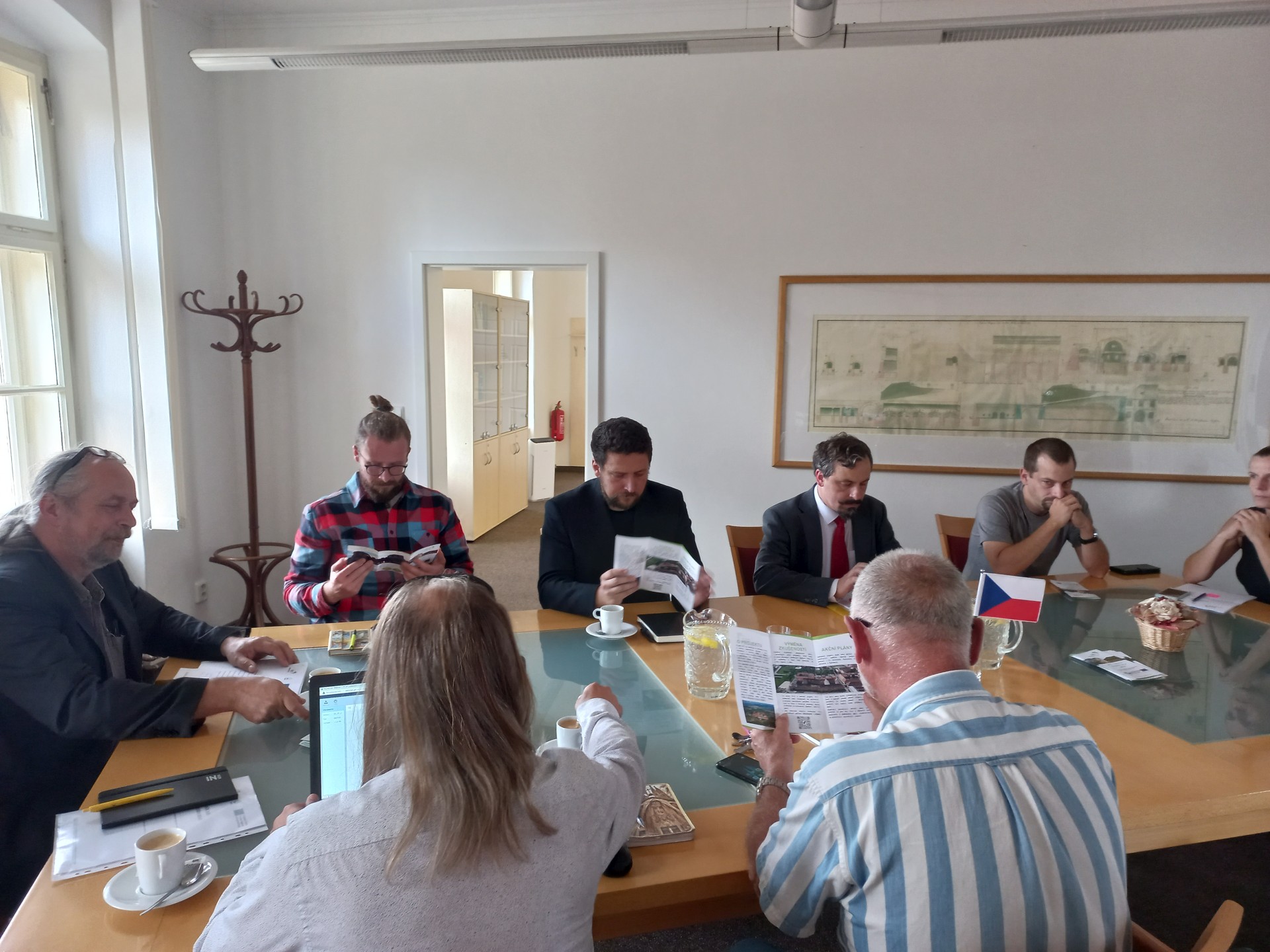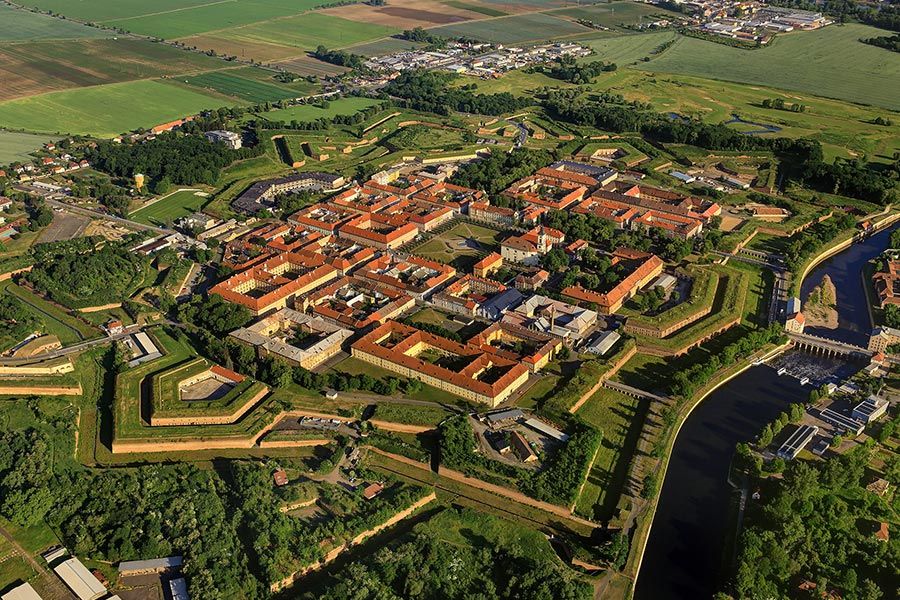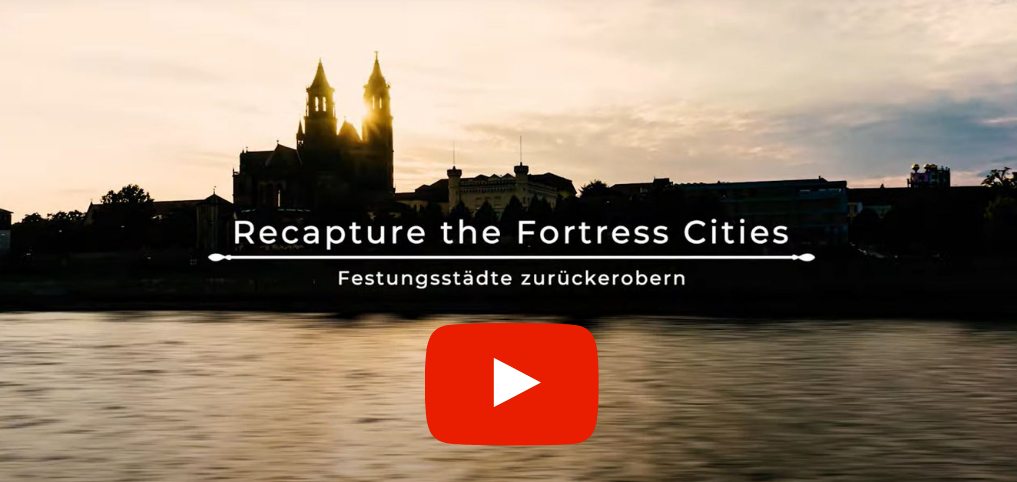Today ends the RFC Social Media Campaign #DiscoverOurFortresses. During two months, periodically we have been posting information and images about partners’ fortresses on our social media channels. The campaign followed the objective of earning awareness having a great impact; During March and April we have reached more than 2.500 people per month.
Next, you will find a summary of the campaign.
Terezin
Terezin fortress, including the new town, was built 1780-1790 to protect the capital city Prague from North. It closed the Imperial road to Saxony and controlled the Elbe river. It was also built as huge military base able to support the Austrian Army fighting abroad. The fortress served its purpose till 1888. And it was always a military and garrison town till the end of the 20th century. Because of the fortifications and army presence, there were no suburbs or industry built here. The town become a momentum of the Second World War, as Terezin was Jewish ghetto and Gestapo prison.



Belgium
Castle Le Paige
Le Paige is the place where the RFC project idea is born as the castle and park of 2 hectares are developed on top of the former city wall and defense structure of Herentals – as a medievel bastioned town during 17th century. 
Dendermonde
The city of Dendermonde is mostly famous for its Ros Beiaard – a decennial procession and Unesco heritage. Less known are the silent witnesses from the military past and the many remains such as the bombproof barracks and arsenal, the two restored city gates and former bastions – making all part of an important green belt and lung around the city”

Fortress of Lier
Only 2km outside the city centre of Lier, the fortress of 35 hectares is part of the outer fortress beltaround Antwerp – of strategic importance in protecting the Nete and railway Antwerp-Aachen – thefortress is also part of the inundation (military strategy) to defense Line of rivers Rupel and Nete – allin context of protecting the city of Antwerp as National Reduit during the First World War, the fortress is havily bombed by German in September 1914.

Romania
Oradea Fortress
Oradea Fortress is one of the most important late-medieval architectural monuments in Transylvania, Romania. The XIth century star fort has 5 bastions spread on 15 ha placed in the heart of the city. The fortress hosts the Oradea City Museum, a cultural complex which exhibits permanent collections related to the fortress, the history of the city, the religious cults in the area and periodically other temporary exhibitions. The fortress also hosts many other social events. Further info in Good Practices section

Cluj-Napoca Tailors’ Tower
The Tailors' Tower from Transylvania, Romania, is part of the second fortified precinct of Cluj-Napoca fortifications, built in the first half of the 15th century. Over time, the tower was destroyed several times and then reconstructed. Since its latest restauration in 2009 by Cluj-Napoca Municipality, it became a living Urban Cultural Centre, hosting various events and art galleries. Further info here

Porolissum
Porolissum Roman Castrum is one of the largest and best-preserved archaeological sites in Romania, included as a Group A monument of national or universal value in the LIMES Frontiers of the Roman Empire. Spread on 500 ha, in the heart of Transylvania, in Moigrad village, only 10% has been revealed yet. Established in 106 AD as a military camp, it became, in 124, the capital of an ancient Roman province in Dacia.

Slovakia
Bastion - cultural and community centre in the City of Bardejov
The building of the old gothic bastion has not been renovated since 1958, when it was repaired after a fire. Until 1985 it was used as a warehouse. From 1985 to 2013 it fell into disrepair. The complete reconstruction activity in the building is carried out by OZ Different in cooperative communication with the owner of the building and the Monument Office of the Slovak Republic. . The year-round program includes about 200 events, from concerts to workshops or bazaars.

Community Bee Garden
Community Bee Garden is an initiative of volunteers, which performs educational activities aimed at environmental protection in the historic bastion in the centre of Prešov - the so-called Franciscan Bastion. The main mission of this initiative is to show a positive example of how to approach environmental protection and thus motivate other people to take similar activities.

Polish-Slovak border
The city of Sabinov is currently implementing the project "Strengthening the common cultural heritage of the Polish-Slovak border", which includes modernization and reconstruction work of the medieval city walls and bastions in Sabinov and at the castle in Polish city Muszyna. The project is aimed at creating conditions for connecting the old tourist route from Sabinov to Muszyna in Poland. It is a former fortification road, which will include a map recording the castles on this road.



